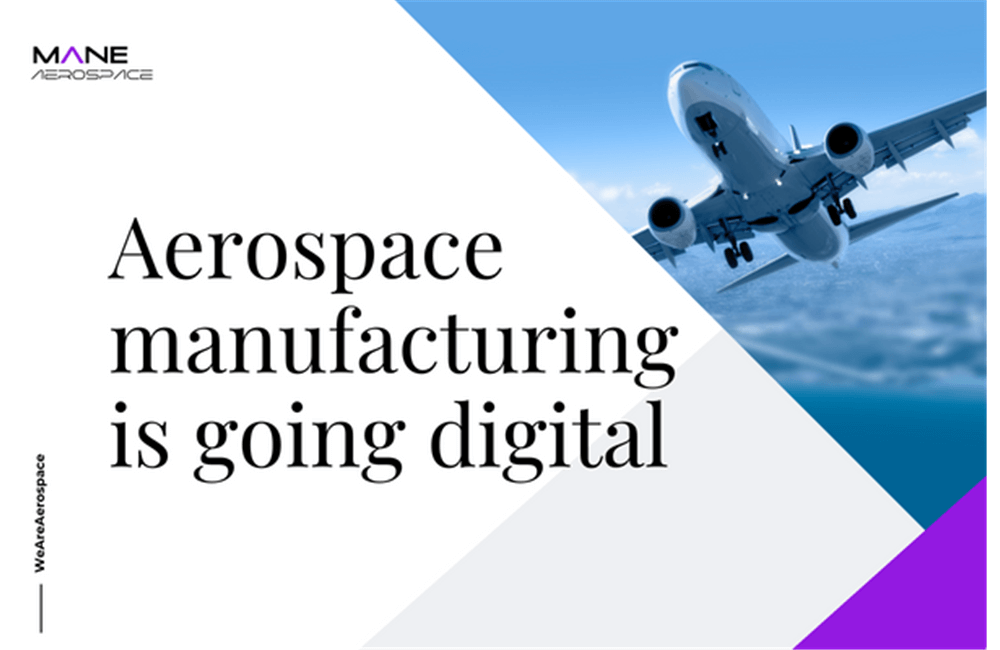Aerospace manufacturing is going digital
21 Dec, 202210 minsSince the COVID-19 pandemic, aerospace OEMs and their suppliers are having to navigate a mor...

Since the COVID-19 pandemic, aerospace OEMs and their suppliers are having to navigate a more complex global market. This is forcing the industry to take a look at how it invests and uses technology, and why going digital could be the future. As well as dealing with a prolonged drop in revenue and activity, manufacturers and airlines are having to deal with Comac entering their domain. The production challenges that came with the pandemic are still present, and some of the aerospace manufacturing industry is having to change in order to keep up.
Aerospace OEMs and their suppliers are beginning to invest in aircrafts of the future. This includes focusing their attention on gaining a market share with new airlines, and meeting the demand for new services such as customisation late in the game. With these new challenges, those in the aerospace manufacturing industry are having to make things more cost effective and productive. Otherwise, manufacturing will struggle to develop and be lacking in flexibility.
Using data for smart manufacturing
Manufacturers are using digitalisation to navigate the complex world of design, manufacturing and inspection weaknesses. The benefit of this is that measurable results are given quickly. With automated inspection and remote asset monitoring, scenarios and optical actions can be recommended. Manufacturers are also saving money by simulating the physical demands of production and how that would work in the real world, all of which uses digitalisation. They are also using software to garner more precise results from operational machinery.
By combining the strengths of analytics and simulation software, aerospace companies are able to create digital systems that use data from various sources. This allows them to constantly track changes to their counterparts. Regardless of the problem manufacturers are facing, a cost effective response requires technology and data. This makes tactical objectives and long term strategies a lot easier to achieve.
- Manufacturers can collect and process data from digital systems, allowing them to contextualise and structure it for use across various aspects of their operations.
- Manufacturers can run advanced simulations to inform decisions and correct processes.
- Manufacturers can use, filter and process data to better understand operation parameters.
With the aerospace industry slowly getting back to pre-pandemic levels, a lot of manufacturers are looking at more sustainable ways to work. Their focus is on increasing innovation, greater cost control, boosted efficiency and building higher performance aircrafts. This can all be achieved using digitalisation.


